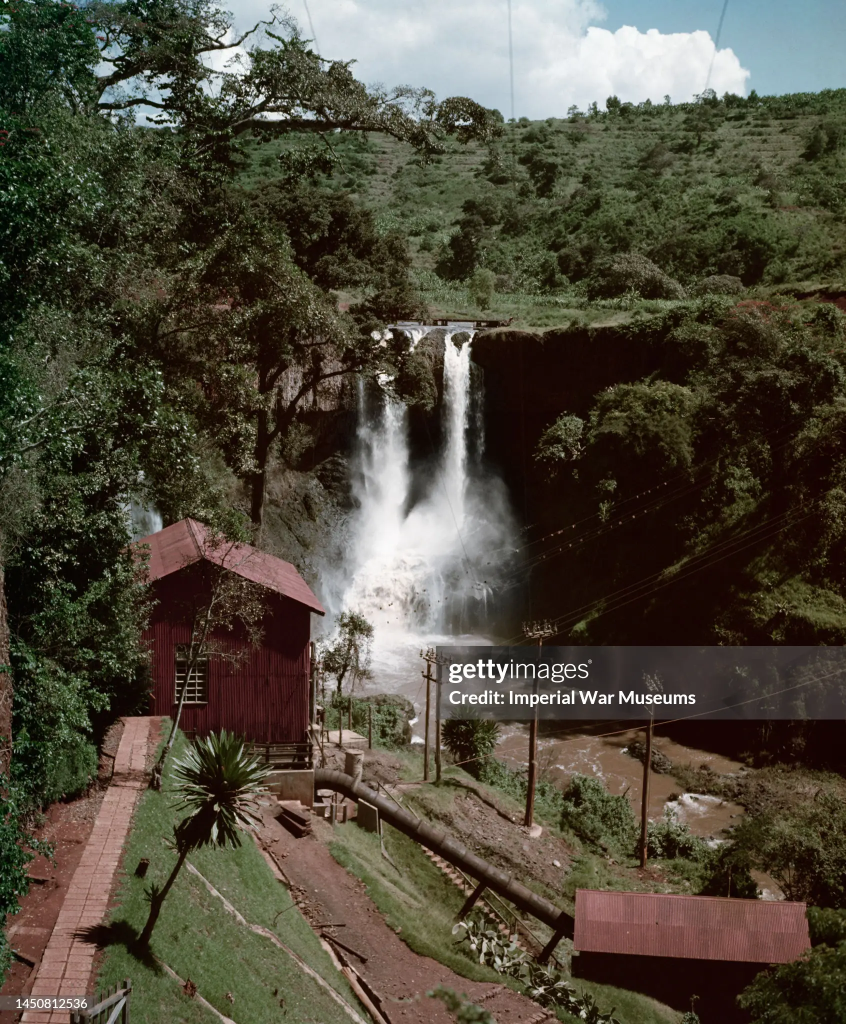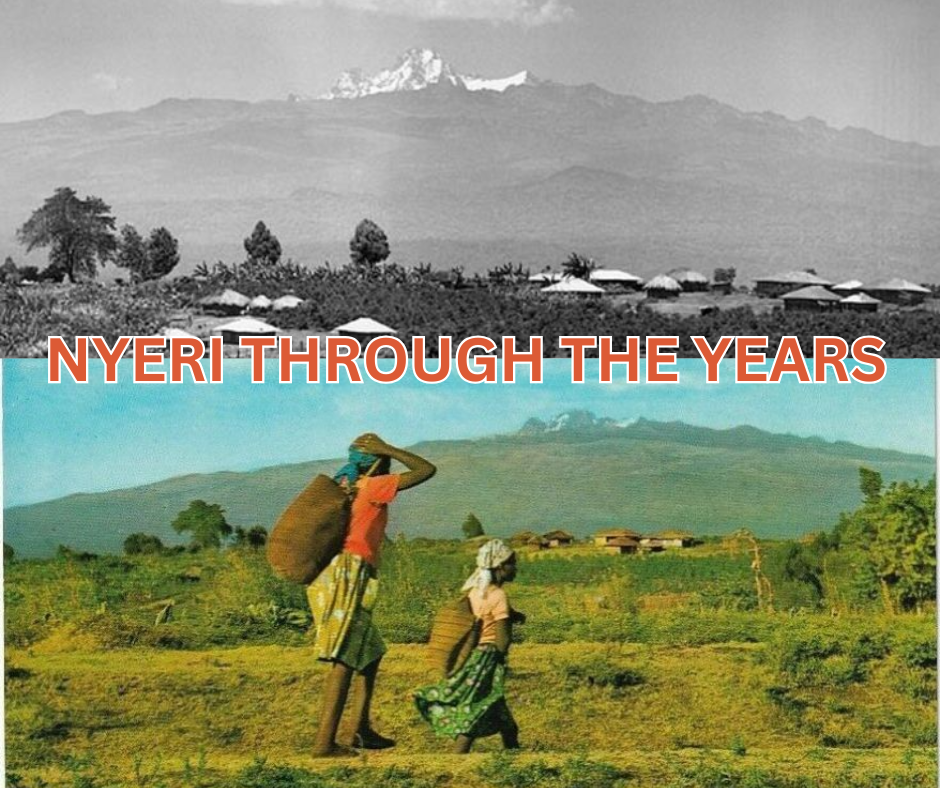Nestled in the heart of Kenya’s central highlands, Nyeri has long been a town of historical significance. Over a century ago, it stood as a crucial colonial administrative center, a hub of commerce, and a gateway to the lush tea and coffee farms that defined the region. Set against the backdrop of Mount Kenya’s imposing slopes, Nyeri’s early days were marked by a blend of European settler influence, African resilience, and natural beauty that made it a unique and vibrant settlement.
In the early 20th century, Nyeri was a bustling stop for traders and government officials traveling between Nairobi and the fertile farmlands of the Central Province. The town was home to government buildings, mission schools, and social clubs where settlers gathered. Market days were filled with the hum of local farmers selling fresh produce, and the railway line, though not yet complete, was already shaping the town’s growth by facilitating trade and transport.
This collection of rare photographs offers a glimpse into Nyeri as it was a hundred years ago—a town where tradition met modernity, where colonial structures stood beside African homesteads, and where people of diverse backgrounds coexisted in an evolving community. From images of old stone churches and tea plantations to snapshots of bustling markets and colonial-era roads, this visual journey reveals the foundations upon which modern Nyeri was built.
Nyeri Through the Lens of Time: A Century in Pictures


















See more old pictures of
Nakuru
Nairobi




